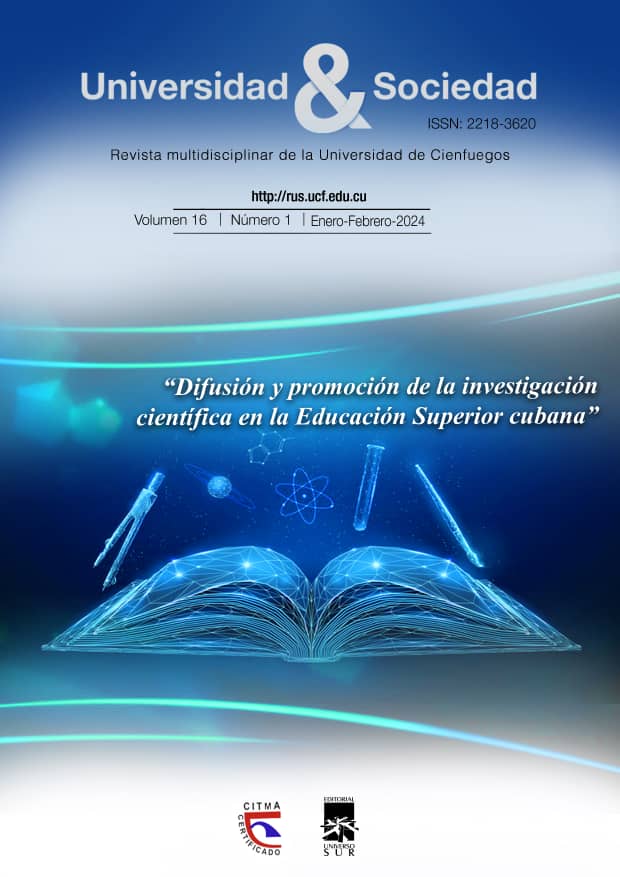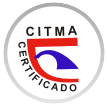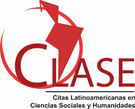Desarrollo de marca destino: estrategias de marketing turístico para Tingo María y su impacto en microempresas
Resumen
El estudio analiza la percepción de los habitantes de Tingo María sobre su marca ciudad y su potencial para el turismo. Se encuestó a 245 residentes, incluyendo nativos y foráneos con más de 5 años en la ciudad. Los resultados muestran que los tingaleses identifican elementos significativos como la Bella Durmiente (33%) y la Cueva de las Lechuzas (25%), asociando mayormente a la ciudad con el color verde (93%) y sus lugares turísticos (77%). El eslogan "Ciudad de la Bella Durmiente" es el preferido (88%), y hay una fuerte identificación con los paisajes (97%). Un 94% se siente orgulloso de ser tingalés, destacando su amabilidad, honestidad y alegría. Consideran que los paisajes naturales son el principal atractivo y califican a la ciudad como agradable, alegre y relajante. Respecto a las empresas turísticas, perciben buena calidad en servicios (70%) y recursos turísticos (77%), pero los precios en hoteles, transporte y restaurantes son considerados altos. Comparativamente, valoran más los servicios turísticos de Tingo María que los de Huánuco y la promoción turística local sobre la regional. Se concluye que Tingo María posee atributos valiosos para su marca, pero es necesario ajustar precios en el sector turístico para un desarrollo más efectivo.
Palabras claves:
Marca ciudad, Marketing turístico, turista, cognitivo y afectivo.
ABSTRACT
The study analyzes the perception of the inhabitants of Tingo Maria about its city brand and its potential for tourism. A total of 245 residents were surveyed, including natives and foreigners with more than 5 years in the city. The results show that the Tingaleses identify significant elements such as Sleeping Beauty (33%) and the Cave of the Owls (25%), associating the city mostly with the color green (93%) and its tourist sites (77%). The slogan "Sleeping Beauty City" is preferred (88%), and there is a strong identification with the landscapes (97%). 94% are proud to be Tingalese, highlighting their friendliness, honesty and joy. They consider the natural landscapes to be the main attraction and rate the city as pleasant, cheerful and relaxing. Regarding tourism businesses, they perceive good quality in services (70%) and tourism resources (77%), but prices in hotels, transportation, and restaurants are considered high. Comparatively, they value Tingo María's tourism services more than those of Huánuco and local tourism promotion over regional tourism promotion. It is concluded that Tingo María has valuable attributes for its brand, but it is necessary to adjust prices in the tourism sector for more effective development.
Keywords:
City branding, tourism marketing, tourist, cognitive and affective
Descargas
Publicado
Cómo citar
Número
Sección
Licencia
La editorial "Universo Sur", de la Universidad de Cienfuegos, publica el contenido de la Revista "Universidad y Sociedad" bajo una Licencia Creative Commons Atribución-NoComercial-SinDerivar 4.0 Internacional.
© Podrá reproducirse, de forma parcial o total, el contenido de esta publicación, siempre que se haga de forma literal y se mencione la fuente.










